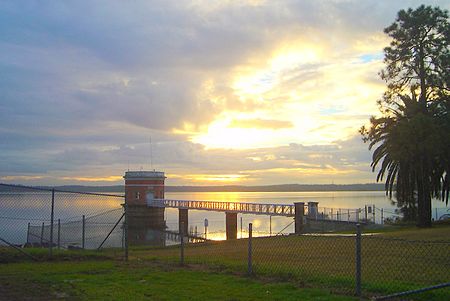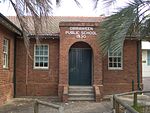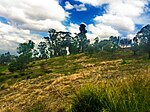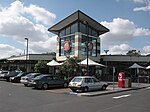Prospect, New South Wales

Prospect is a suburb of Sydney, in the state of New South Wales, Australia. Prospect is located 32 kilometres west of the Sydney central business district in the local government area of the City of Blacktown and a small part of Cumberland City Council, is part of the Greater Western Sydney region. One of the oldest suburbs in Sydney, Prospect takes its name from the prominent nearby landmark of Prospect Hill - from the top of which people could get a prospect of (see a great distance) the surrounding countryside. Initially a settlement for emancipated convicts, it later became a village. Since colonisation, settlers cleared larger areas of land to raise livestock, build churches, inns, schools, shops and a large reservoir. Naturalist Charles Darwin visited Prospect in January 1836, to observe the geology.
Excerpt from the Wikipedia article Prospect, New South Wales (License: CC BY-SA 3.0, Authors, Images).Prospect, New South Wales
Aldgate Street, Sydney Prospect
Geographical coordinates (GPS) Address Website Nearby Places Show on map
Geographical coordinates (GPS)
| Latitude | Longitude |
|---|---|
| N -33.799166666667 ° | E 150.92555555556 ° |
Address
Prospect Web Design
Aldgate Street 1
2148 Sydney, Prospect
New South Wales, Australia
Open on Google Maps








